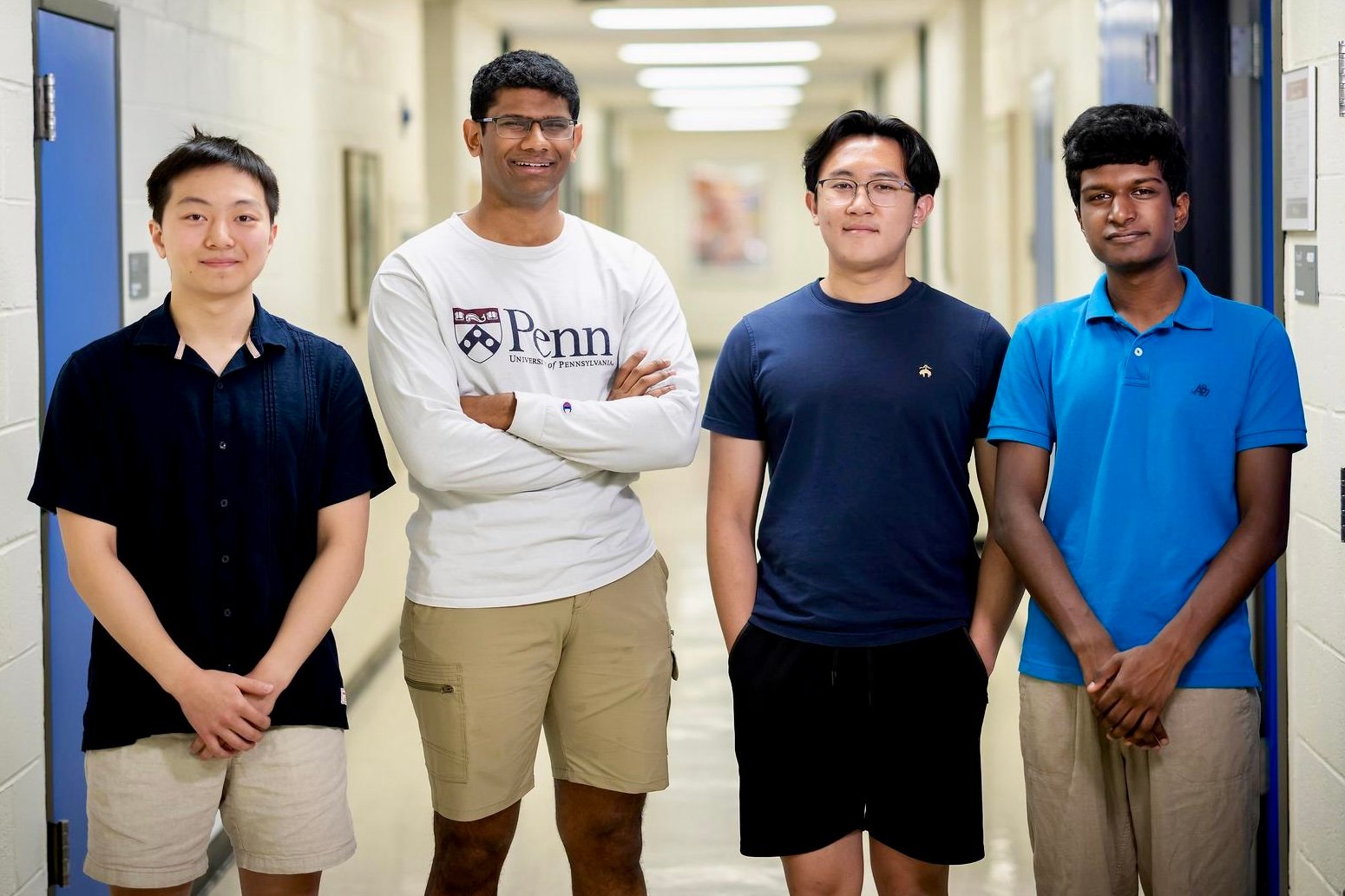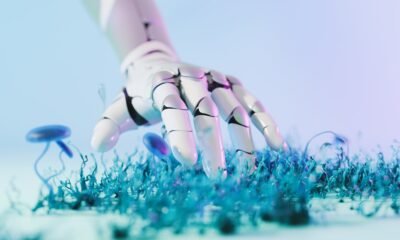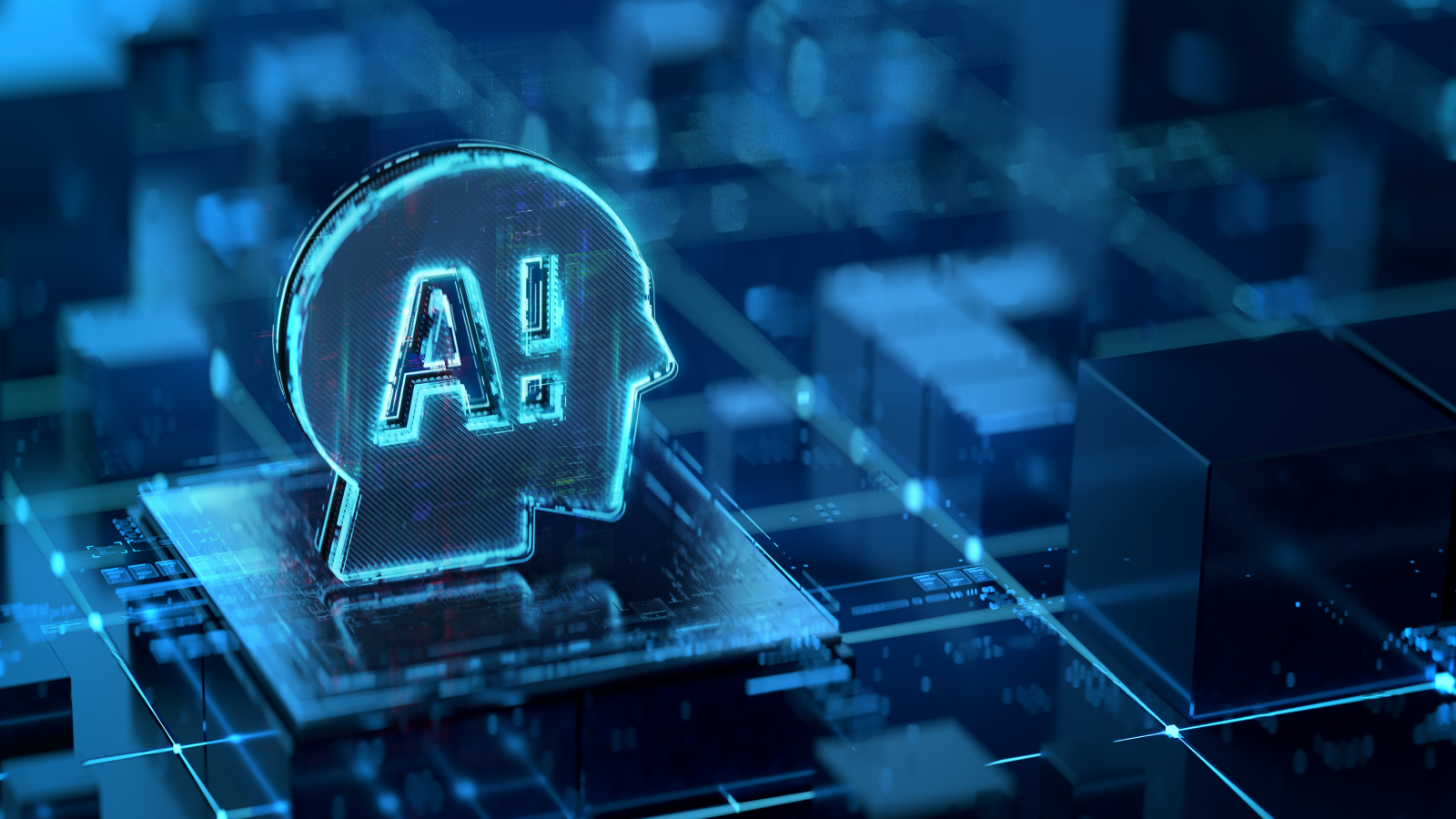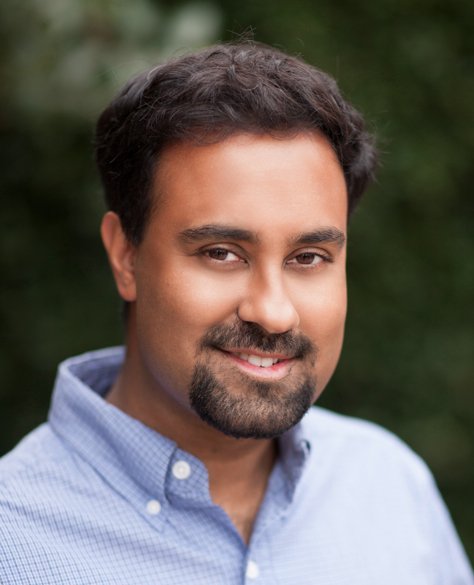To lead the world in the AI race, President Donald Trump says the U.S. will need to “triple” the amount of electricity it produces. At a cabinet meeting on Aug. 26, he made it clear his administration’s policy is to favor fossil fuels and nuclear energy, while dismissing solar and wind power.
“Windmills, we’re just not going to allow them. They ruin our country,” Trump said at the meeting. “They’re ugly, they don’t work, they kill your birds, they’re bad for the environment.”
He added that he also didn’t like solar because of the space it takes up on land that could be used for farming.
“Whether we like it or not, fossil fuel is the thing that works,” said Trump. “We’re going to fire up those big monster factories.”
In the same meeting, he showcased a photo of what he said was a $50 billion mega data center planned for Louisiana, provided by Mark Zuckerberg.
Watch a condensed version of Trump’s comments at the cabinet meeting in the video below.
But there’s a reason coal-fired power plants have been closing at a rapid pace for years: cost. According to the think tank Energy Innovation, coal power in the U.S. tends to cost more to run than renewables. Before Trump’s second term, the U.S. Department of Energy publicized a strategy to support new energy demand for AI with renewable sources, writing that “solar energy, land-based wind energy, battery storage and energy efficiency are some of the most rapidly scalable and cost competitive ways to meet increased electricity demand from data centers.”
Further, many governments examining how to use AI also have climate pledges in place to reduce their greenhouse gas emissions — including states such as North Carolina and California.
Earlier this year Trump passed an executive order, “Reinvigorating America’s Beautiful Clean Coal Industry and Amending Executive Order 14241,” directing the secretaries of the Interior, Commerce and Energy to identify regions where coal-powered infrastructure is available and suitable for supporting AI.
A separate executive order, “Accelerating Federal Permitting of Data Center Infrastructure,” shifts the power to the federal government to ensure that new AI infrastructure, fueled by specific energy sources, is built quickly by “easing federal regulatory burdens.”
In an interview with Government Technology, a representative of Core Natural Resources, a U.S.-based mining and mineral resource company, explained this federal shift will be a “resurgency for the industry,” pressing that coal is “uniquely positioned” to fill the energy need AI will create.”
“If you’re looking to generate large amounts of energy that these data centers are going to require, you need to focus on energy sources that are going to be able to meet that demand without sacrificing the power prices for the consumers,” said Matthew Mackowiak, director of government affairs at Core.
“It’s going to be what powers the future, especially when you look at this demand growth over the next few years,” said Mackowiak.
Yet these plans for the future, including increased reliance on fossil fuels and coal, as well as needing mega data centers, may not be what the public is willing to accept. According to the International Energy Agency, a typical AI-focused data center consumes as much electricity as 100,000 households, but larger ones currently under construction may consume 20 times as much.
A recent report from Data Center Watch suggests that local activism is threatening to derail a potential data center boom.
According to the research firm, $18 billion worth of data center projects have been blocked, while $46 billion of projects were delayed over the last two years in situations where there was opposition from residents and activist groups. Common arguments against the centers are higher utility bills, water consumption, noise, impact on property value and green space preservation.
The movement may put state and local governments in the middle of a clash between federal directives and backlash from their communities. Last month in Tucson, Ariz., City Council members voted against a proposed data center project, due in large part to public pressure from residents with fears about its water usage.
St. Charles, Mo., recently considered banning proposed data centers for one year, pausing the acceptance of any zoning change applications for data centers or the issuing of any building permits for data centers following a wave of opposition from residents.
This debate may hit a fever pitch as many state and local governments are also piloting or launching their own programs powered by AI, from traffic management systems to new citizen portals.
As the AI energy debate heats up, local leaders could be in for some challenging choices. As Mackowiak of Core Natural Resources noted, officials have a “tough job, listening to constituents and trying to do what’s best.” He asserted that officials should consider “resource adequacy,” adding that “access to affordable, reliable, dependable power is first and foremost when it comes to a healthy economy and national security.”
The ultimate question for government leaders is not just whether they can meet the energy demands of a private data center, but how the public’s perception of this new energy future will affect their own technology goals. If the citizens begin to associate AI with contentious projects and controversial energy sources, it could create a ripple effect of distrust, disrupting the potential of the technology regardless of the benefits.
Ben Miller contributed to this story.

























